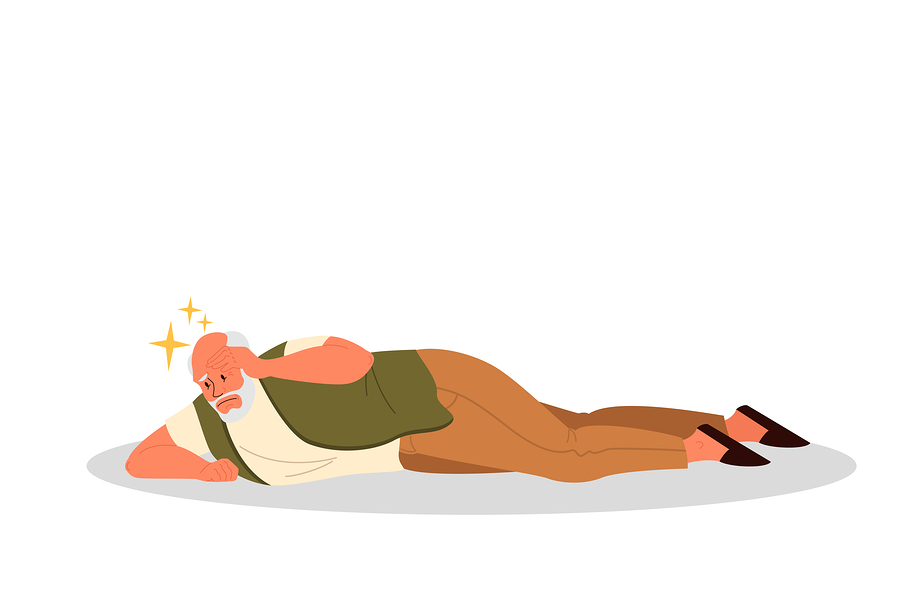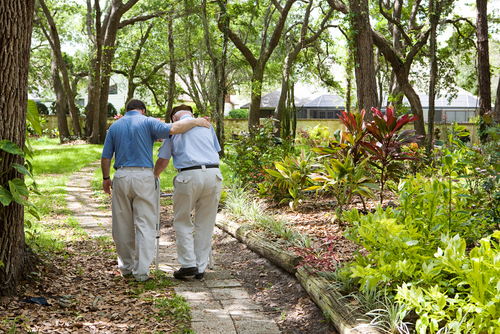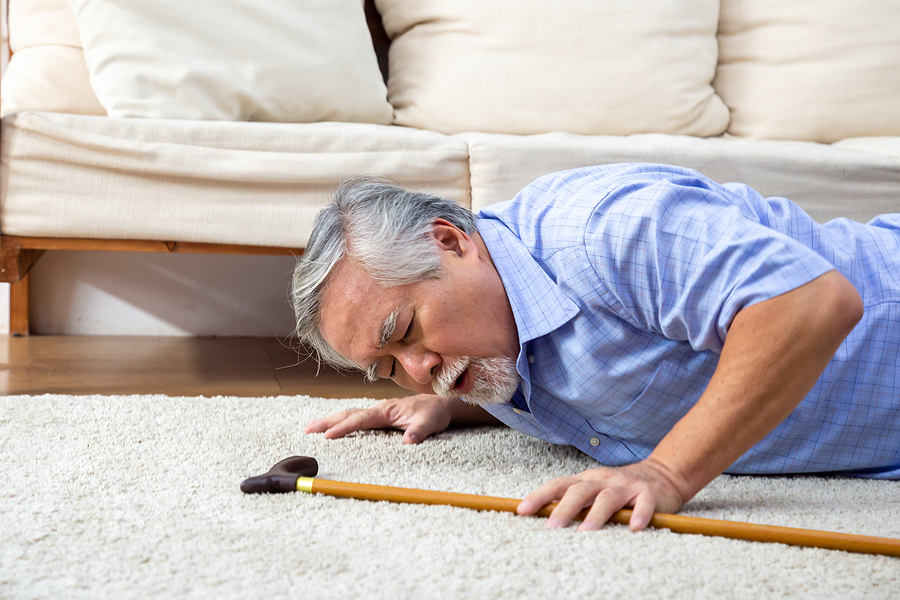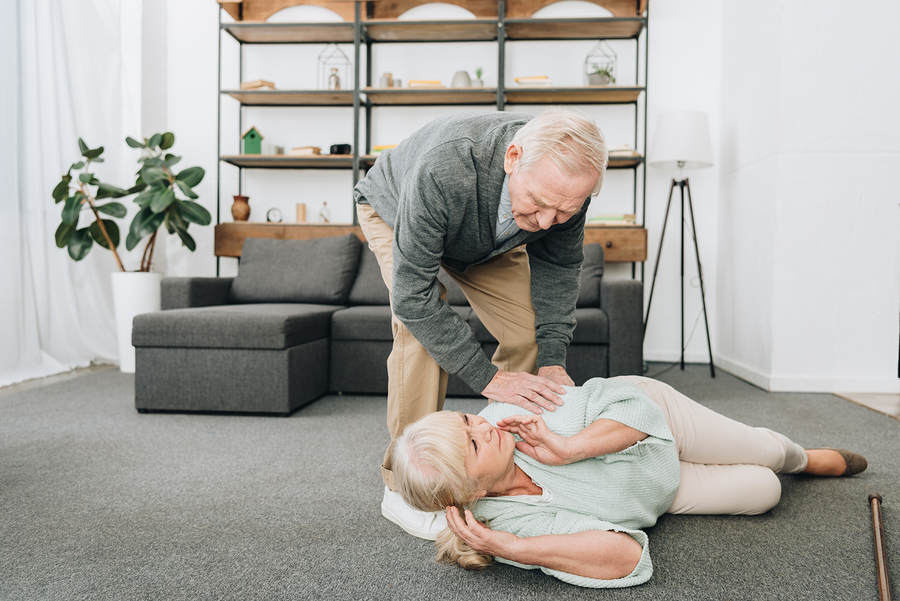Head Protection for Elderly Falls
Category:

Head injuries can take their toll on seniors due to their debilitating effects. Luckily, older adults can use protective headgear and take other steps for safety. Let’s take a look at ways you can ensure head protection for seniors.
Consequences of Head Injuries
When the elderly fall and hit their heads on hard surfaces or experience other types of trauma, they can endure severe consequences. These include:
- Acute subdural hematoma: A blood vessel tears and blood collects between the dura and surface of the brain. This injury usually occurs during whiplash and typically causes unconsciousness.
- Chronic subdural hematoma: Unlike the acute version, symptoms develop gradually over 1-6 weeks, accumulating in small, separate bleeding episodes.
- Concussion: Symptoms can include memory loss, coordination problems, ringing in the ears, seizures, sleepiness, dizziness, and vomiting.
- Epidural hematoma: Blood collects in the space between the skull and the dura. This hematoma can expand within the skull and press on the brain, causing death.
- Intraparenchymal hemorrhages and contusions: “Intraparenchymal” means “in the tissue.” Blood pools in the brain during this type of hemorrhage. Meanwhile, a contusion of this type includes bruising or swelling, but no pooling. This injury occurs when the force of impact on one side of the head causes the brain to ricochet within the skull.
- Skull fracture: A crack or break in your skull’s bones can cause bruising on the surface of the brain under the fracture.
Download a Free Guide to Home Care
Examples of Protective Headgear for Adults
Now that we know what can happen if the elderly fell and hit the head, let’s take a look at some head protective gear for seniors.
- Danmar Soft Shell Protective Helmets: Danmar’s versatile helmet absorbs shock and retains compression resistance. The soft-shell, ventilated design provides a lightweight and comfortable fit.
- Guardian Helmets: These helmets provide traumatic brain injury neuro-rehabilitation and can also be used for adults who have epileptic seizures and developmental disabilities.
- Ribcaps: Wear protective headgear without sacrificing your personal style. Ribcaps are excellent head protection for dementia patients and those with epilepsy, cerebral palsy, and other challenges. They also come in a variety of colors and styles to suit your personality.
- Sammons Preston Leather Protective Helmets: Providing full-head protection without obstructing the wearer’s vision, this leather helmet is fully lined with white felt and features an adjustable chin strap for extra comfort.
- Norco Protective Helmets: Almost an inch of foam padding and a secure, padded chin strap provides superior comfort for this helmet from North Coast.
Other Ways to Protect Seniors from Falls
Providing head protection for elderly falls doesn’t end with giving them proper headgear. Here are a few steps you can take to ensure your loved ones do not succumb to falls:
- Get a check-up: Have your doctor check your hearing/vision and bring your medical prescriptions to see if they can increase your fall risks.
- Stay healthy: Participate in low-impact exercises and eat foods rich in calcium and Vitamin D.
- Remove tripping hazards: Check for potential dangers such as electrical cords, rearrange high shelves, and provide nearby step stools.
- Brighten up dark areas: Turn on nightlights in dark areas and keep flashlights handy on nightstands and drawers.
- Use assistive devices: Use a cane, if needed, and install handrails, grab bars, and other devices for added safety.
Subscribe
Date: June 2, 2020
Category:


